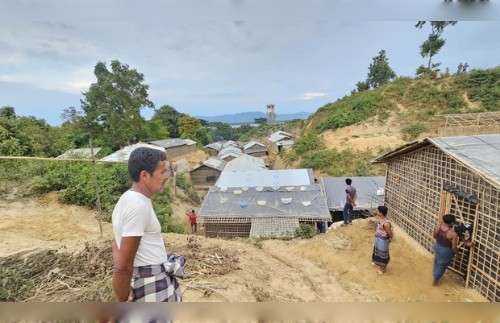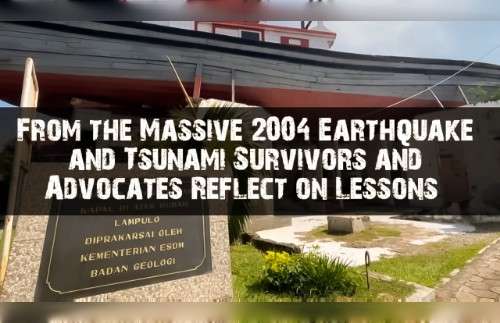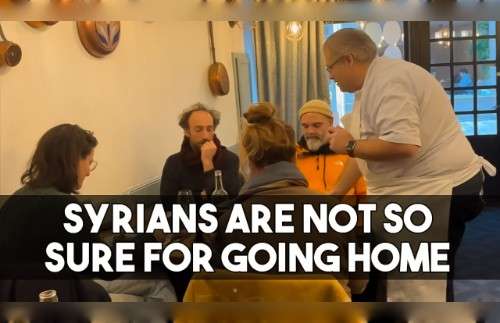Camille Elemia/Manila
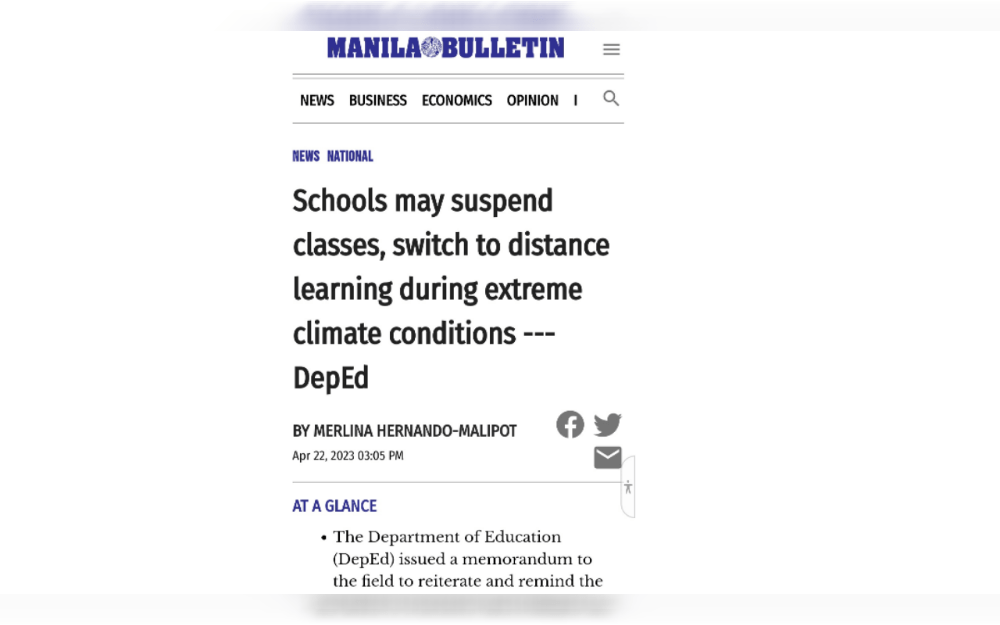
More than a thousand schools across the Philippines canceled face-to-face classes this week due to high temperatures that have forced many activities indoors, officials said Tuesday.
Various local government offices announced a halt to in-person learning after the state weather bureau said that in some parts of the archipelago the heat index – which factors in air temperature and humidity – would reach “dangerous” levels over the next two days.
Daytime highs were forecast to hover between 42 to 51 degrees Celsius (107.6 to 123.8 degrees Fahrenheit) in 24 areas, according to the Philippine Atmospheric, Geophysical and Astronomical Services Administration (PAGASA).
The above average temperatures would put people at risk of cramps, heat exhaustion and probable heat stroke with continued exposure, it said.
Residents in some parts of Metro Manila have been cooling off in inflatable pools set up beside the city’s bustling roads, while others thronged the shoreline of the polluted Manila Bay over Easter weekend.
In the capital region, Quezon City in the north ordered all of its 158 public daycare facilities, grade schools and high schools to implement online or modular learning Tuesday. Muntinlupa City also suspended afternoon classes at all of its 147 public schools, from kindergartens to senior high schools.
Elsewhere on the main island of Luzon hundreds of in-person classes were canceled in Dagupan City and Mangaldan town in the northern province of Pangasinan, and Polangui and Libon towns in the southern Albay province.
“The heat index as announced in Dagupan yesterday was 45 degrees centigrade and the forecast for the week is that it will hover at that level or higher,” Rowena Bauzon, the superintendent for Dagupan City schools division, told BenarNews.
Students would be taught through distance learning with no face-to-face classes for the rest of the week, she said.
Local authorities in the central Visayas region ordered the closure of more than 800 schools, officials said.
On the populous southern island of Mindanao, many schools have implemented online or blended teaching – some for the rest of the month.
Zamboanga City – the second largest in Mindanao – has raised the alarm about water shortages due to precariously low water levels in key supply sources, including the Dumalon River. The city’s disaster management office deployed tanker trucks this week to deliver water to several villages after authorities implemented twelve-hour water rationing.
PAGASA has said that drought in the city could last until May.
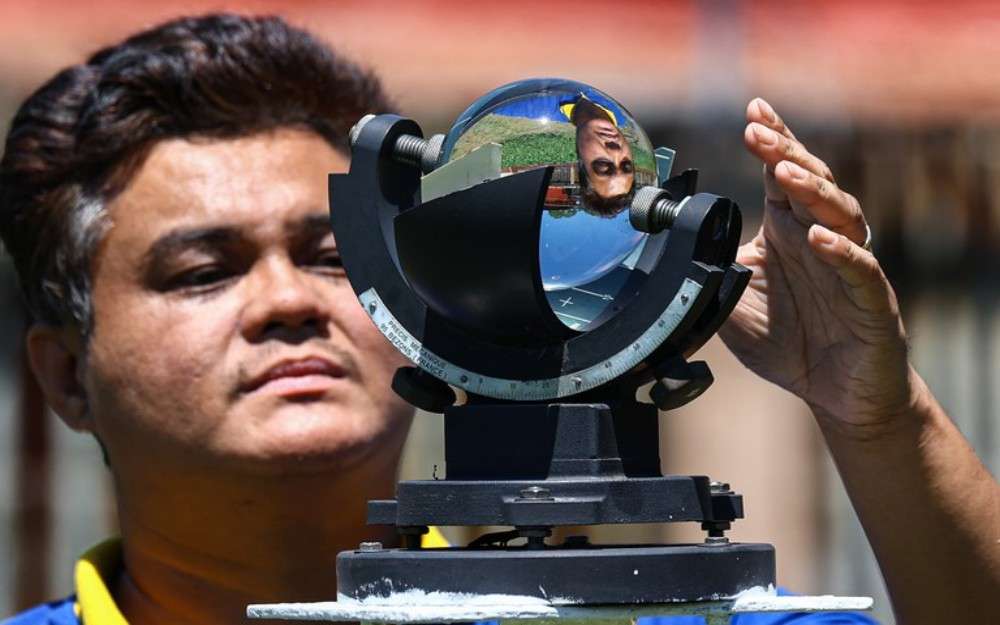
The Philippines is highly vulnerable to the impacts of climate change, including more frequent droughts, floods, typhoons and high temperatures.
Under the most severe modeling, the average temperature in all areas in the Philippines is expected to continue to rise by as much as 1.2 to 2.3 degrees Celcisus by 2050, according to the Philippines’ Climate Change Commission
Most respondents in a survey of more than 10,000 Filipino teachers published in March last year complained that intense heat was making teaching difficult, according to the progressive Alliance of Concerned Teachers.
Some teachers also said high temperatures had triggered existing medical conditions in both teachers and students.
Since the summer of 2023, the Department of Education has allowed schools to use other modes of learning when temperatures reach dangerous levels.
Jojo Riñoza contributed to this report from Manila, and Froilan Gallardo from southern Cagayan de Oro city.
Copyright ©2015-2024, BenarNews. Used with the permission of BenarNews.





